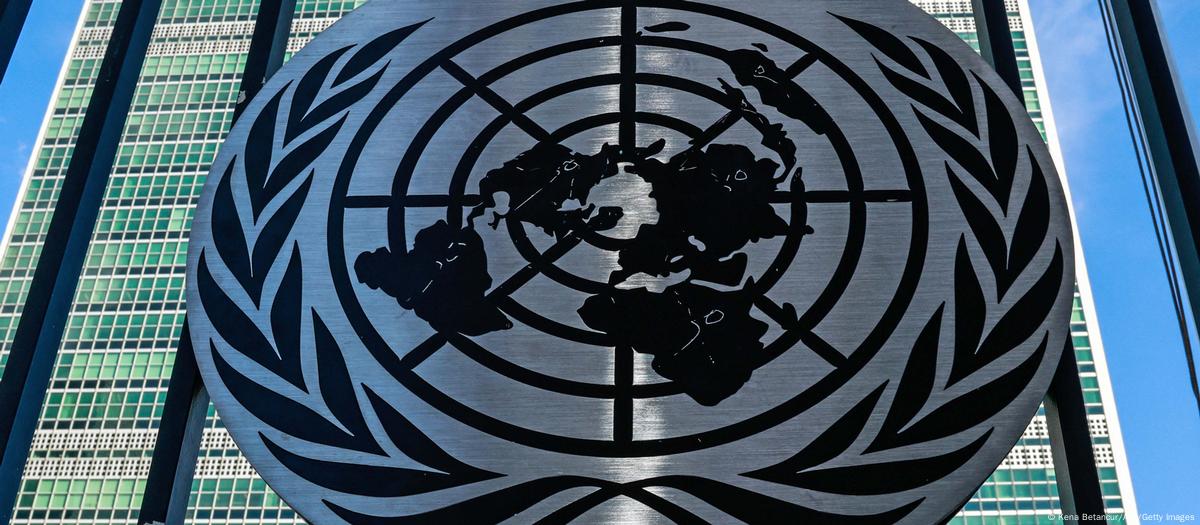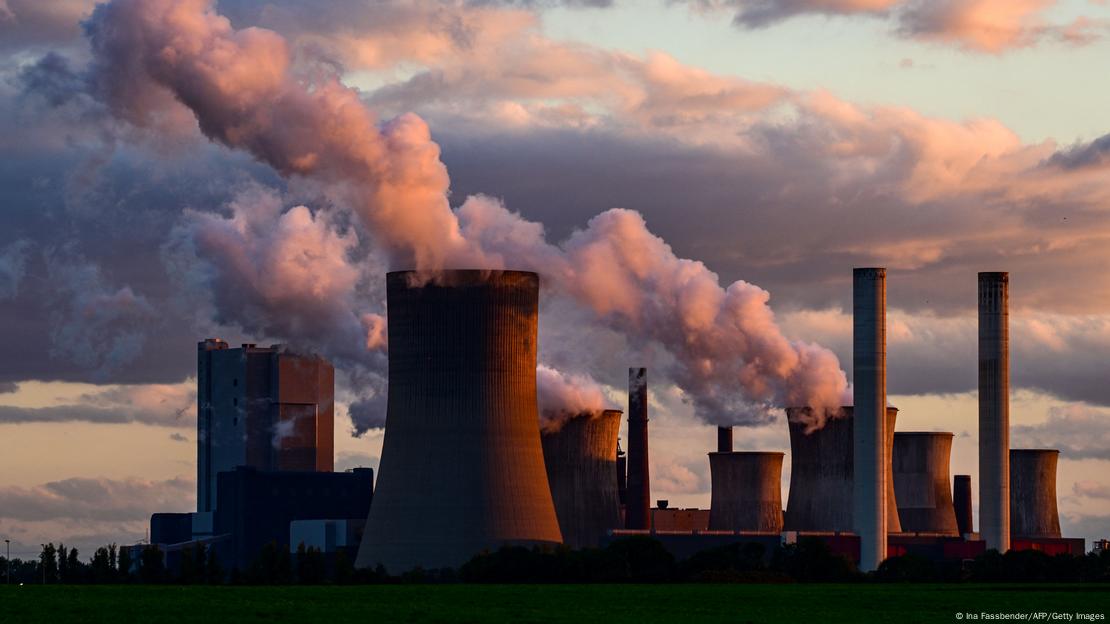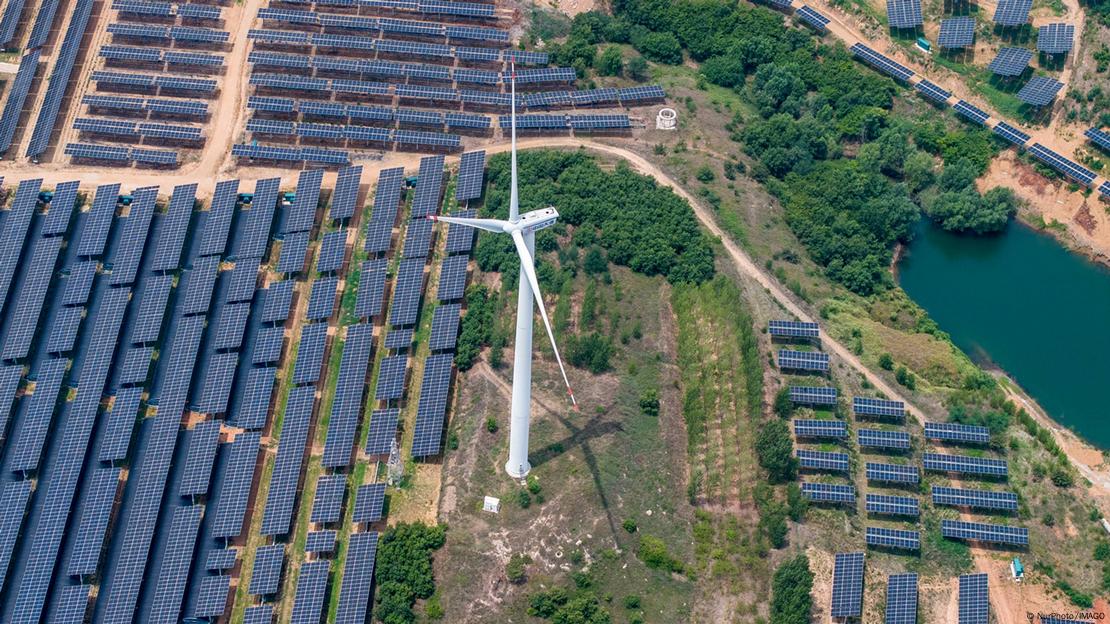
“The stakes could not be higher,” a senior United Nations official warned reporters in New York, just days before the UN Climate Summit.
The official pointed to the heavy flooding, prolonged drought, and record-breaking heatwaves that swept across the globe this summer, describing them as a stark reminder of the escalating crisis.
The UN stressed that climate disasters are now “wreaking havoc” on every continent. Communities are struggling to recover as extreme weather grows more frequent and severe, undermining livelihoods and displacing millions, reports dw.com
Scientists continue to underline the cause: human-driven global warming. Rising greenhouse gas emissions are altering the planet’s climate systems, and experts warn that higher temperatures will only intensify future impacts.

World leaders have already pledged to act. Under the 2015 Paris Agreement, governments committed to keeping the rise in global temperatures “well below” 2 degrees Celsius above pre-industrial levels and to pursue efforts to limit warming to 1.5 degrees.
To achieve this, countries must submit updated national pledges, known as nationally determined contributions (NDCs), every five years. These commitments outline domestic goals for reducing greenhouse gas emissions.
The deadline for countries to submit their 2035 targets passed in February. Yet only a small fraction of the 195 signatories met the deadline, putting pressure on governments to bring forward their plans during this week’s summit in New York.

With COP30 set to take place in Belem, Brazil, in just two months, the slow pace is raising alarm. As of now, only 47 countries have submitted updated climate goals, representing just 24% of global emissions.
Major emitters, including the European Union and India, have yet to finalize their submissions. Others, such as Australia and Japan, filed plans that were criticized as lacking ambition and failing to reflect their fair share of responsibility.
More than 100 nations have registered to speak at the New York summit, suggesting that a wave of new commitments may be announced. But the scale of pledges, and the credibility of follow-through, remain open questions.
The European Union, often seen as a climate leader, is struggling to maintain unity. Political divisions, economic strains, and shifting voter priorities have slowed consensus among its 27-member states.

Ahead of the summit, the EU signaled it would miss Brazil’s September deadline. Instead, it issued a statement promising to present a target before November, with a proposed reduction in greenhouse gas emissions of 66.25% to 72.5% by 2035 compared with 1990 levels.
Experts warn that if the bloc sets its sights on the lower end of that range, it will face an almost impossible climb to reach its long-term ambition of a 90% reduction by 2040. Investors and businesses, analysts argue, need clear and credible policy signals, not uncertain compromises.
China, the world’s largest emitter, is also under scrutiny. Producing roughly one-third of global emissions, Beijing’s decisions will have an outsized impact on the planet’s climate trajectory.
President Xi Jinping announced a target of cutting emissions by 7–10% from peak levels, a goal that critics described as “underwhelming but transformative.” While modest in ambition, experts note that when China sets a target, it usually delivers.
China is also investing more heavily in renewable energy than any other nation. In 2024 alone, it poured $625 billion into clean energy, signaling that economic leadership may increasingly rest on green technologies rather than fossil fuels.
Brazil, as the host of COP30, faces its own contradictions. It has pledged to cut emissions by up to 67% by 2035 compared with 2005 levels, but critics argue that the wide target range weakens accountability. Brazil is also pressing ahead with oil exploration near the Amazon River, drawing sharp criticism from environmental groups.
The United Kingdom, meanwhile, has put forward one of the most ambitious targets among industrialized nations: an 81% reduction in emissions by 2035 compared with 1990 levels. Experts welcomed the pledge but cautioned that concrete policies are still missing to make it a reality.
Indonesia, a significant emitter in the Global South, has not yet submitted its new plan. However, President Prabowo Subianto has promised to phase out coal-fired power plants within 15 years and to achieve net zero by 2050, a decade earlier than previously scheduled.
The United States presents perhaps the most complex case. Under President Joe Biden, Washington pledged to cut emissions by up to 66% by 2035. But with President Donald Trump’s return to office and his withdrawal from the Paris Agreement, that pledge has effectively been voided.
Analysts note that despite the policy reversal, market forces and state-level initiatives may still drive US emissions down by as much as 35% by 2035. But without federal leadership, the credibility of US commitments remains badly damaged.
For many observers, the broader picture is troubling. While the Paris Agreement has helped reduce projected global warming from pre-2015 levels, the world remains off track from meeting the 1.5-degree goal. An emissions gap persists, and each year of delay makes bridging it harder.
As world leaders gather in New York and prepare for COP30 in Brazil, the pressure is mounting. Failure to deliver ambitious and credible commitments risks not only deepening the climate crisis but also undermining global trust in the ability of nations to act collectively.
Follow The Times Kuwait on
X, Instagram and Facebook for the latest news updates












